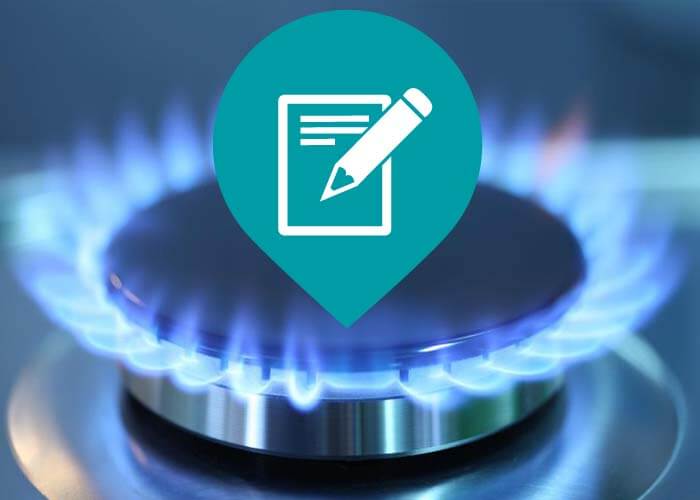
Exactly how Does the Gas Distribution System Work?
Just how Does the Natural Gas Shipment System Job?
Gas flowing from higher to reduce stress is the fundamental concept of the gas distribution system. The amount of pressure in a pipeline is measured in pounds per square inch.
From the well, the natural gas goes into "event" lines, which resemble branches on a tree, obtaining bigger as they obtain closer to the main collection factor.
Event Equipments
A celebration system might require one or more area compressors to move the gas to the pipeline or the processing plant. A compressor is a device driven by an inner combustion engine or wind turbine that produces stress to "push" the gas via the lines. A lot of compressors in the gas shipment system utilize a percentage of gas from their own lines as gas.
Some natural gas event systems consist of a handling center, which executes such functions as getting rid of contaminations like water, co2 or sulfur that may wear away a pipe, or inert gases, such as helium, that would certainly minimize the energy value of the gas. Processing plants also can remove small quantities of propane as well as butane. These gases are made use of for chemical feedstocks and also other applications.
The Transmission System
From the gathering system, the natural gas steps into the transmission system, which is usually made up of about 272,000 miles of high-strength steel piper.
These huge transmission lines for gas can be compared to the nation's interstate freeway system for vehicles. They relocate big quantities of gas thousands of miles from the generating areas to local distribution companies (LDCs). The stress of gas in each section of line generally varies from 200 pounds to 1,500 pounds per square inch, relying on the type of area in which the pipeline is operating. As a safety measure, pipes are created and also constructed to take care of much more stress than is ever before in fact gotten to in the system. For example, pipelines in even more booming locations run at less than one-half of their style pressure degree.
Several significant interstate pipelines are "knotted"-- there are 2 or more lines running alongside each other in the very same access. This supplies maximum ability during durations of peak demand.
Compressor Stations
Compressor terminals lie about every 50 to 60 miles along each pipe to boost the stress that is shed through the friction of the gas moving via the steel pipe. Lots of compressor terminals are completely automated, so the devices can be begun or quit from a pipe's main control room. The control room can likewise from another location run shut-off shutoffs along the transmission system. The drivers of the system keep thorough operating information on each compressor terminal, as well as constantly adjust the mix of engines that are running to make best use of performance as well as safety.
Gas relocations with the transmission system at approximately 30 miles per hr, so it takes a number of days for gas from Texas to come to an utility invoice point in the Northeast. In the process, there are many affiliations with various other pipelines and also other utility systems, which offers system operators a great deal of versatility in relocating gas.
Linepack
A 50-mile section of 42-inch transmission line operating at about 1,000 pounds of stress contains about 200 million cubic feet of gas-- adequate to power a kitchen range for greater than 2,000 years. The quantity of gas in the pipeline is called the "linepack.".
By elevating and lowering the stress on any type of pipeline section, a pipeline company can use the segment to save gas throughout periods when there is less demand at the end of the pipeline. Making use of linepack in this way allows pipe drivers to deal with hourly changes in demand extremely effectively.
Natural gas pipes as well as utilities utilize extremely sophisticated computer models of consumer need for gas, which connect day-to-day and per hour consumption trends with seasonal and also environmental factors. That's why customers can depend on the integrity of gas-- when it's required, it exists.
Entrance Terminals.
When the natural gas in a transmission pipeline reaches a neighborhood gas utility, it typically travels through a "entrance station." Energies regularly have entrance terminals getting gas at many different places as well as from several different pipes. Gateway stations serve three functions. First, they lower the pressure in the line from transmission degrees (200 to 1,500 pounds) to circulation degrees, which vary from 1/4 pound to 200 extra pounds. Then an odorant, the unique sour aroma related to natural gas, is included, to ensure that customers can scent also small quantities of gas. Finally, the gate station gauges the circulation price Check out this site of the gas to identify the amount being gotten by the utility.